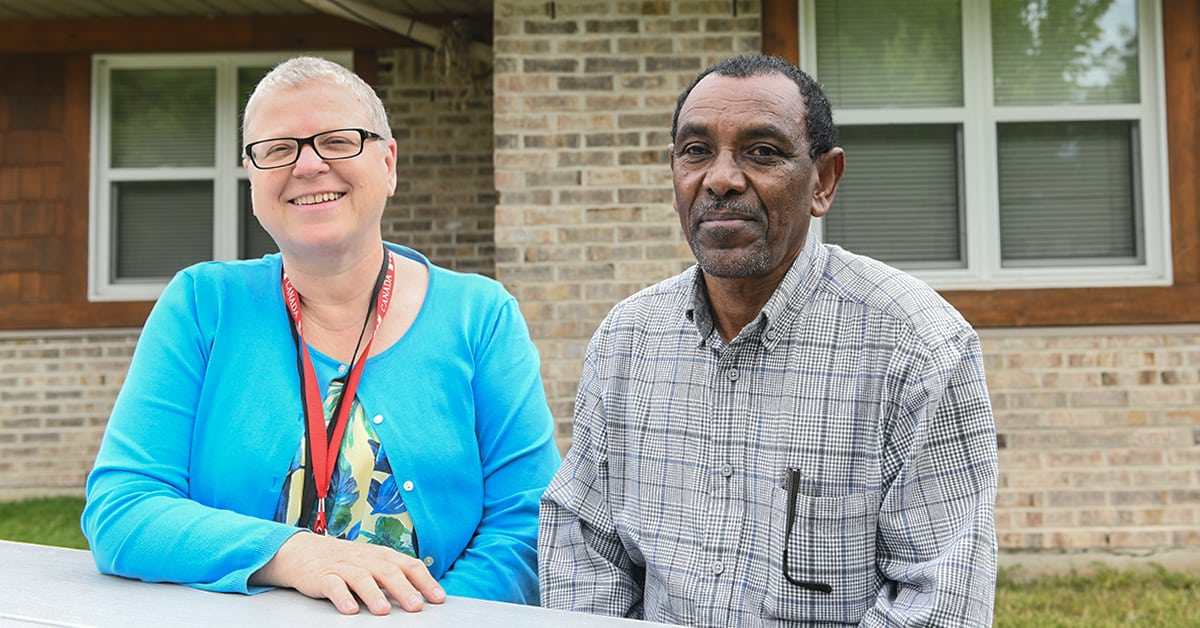New statistics from Grand River Hospital show that hospitalizations and emergency room visits for youth experiencing eating disorders jumped significantly during the pandemic.
That’s in keeping with national trends seen as the COVID-19 crisis set in.
Locally, there was a fivefold in hospitalizations from the pre-pandemic eight in 2019 to 45 in 2021. Emergency room visits have increased from none in 2019 to eight in 2020 and doubling to 16 in 2021.
As of the end of May, there have been 10 hospitalizations and two emergency-room visits related to eating disorders so far this year.
The increase was largely in females aged 13-17, according to GRH data.
“The kids are struggling is the bottom line of what these numbers are telling us,” said Dr. Jodi Rosner, a consulting pediatrician at GRH.
Rosner said the problem started early in the pandemic with social media users and posts on other sites talking about how to avoid the “COVID 15” weight gain similar to the so-called freshman 15.
“They were making analogies to when kids were going off to university and they talk about that first year of university’s 15 pounds, so the kids on TikTok and other social media we’re talking about the COVID 15 that they were trying to avoid,” she explained.
“You have that media piece of things, plus their social isolation – they’re not going to school, they’re not seeing their friends, all of their sports and their activities have been halted.”
These issues were compounded by mental illnesses such as depression and anxiety.
“So it’s very multifactorial,” said Rosner.
The increase at GRH echoes similar numbers seen nationwide. According to a report released last month by the Canadian Institute for Health Information (CIHI), for those aged 5-24 experiencing an eating disorder, the number of hospitalizations rose to 30 per 100,000 people in 2020-21 from 15 the year before. Hospitalizations for females aged 10-17 have increased by nearly 60 per cent (52 to 82 per 100,000) since March 2020. Young women aged 15 to 17 were twice as likely to be hospitalized for a mental health disorder as their male peers.
“What that tells us is that the pandemic was hard on young women. We knew that the pandemic was hard on those with racial inequities, but we also know that women in particular in this group suffered,” said Tracy Johnson, director of health system analytics for CIHI.
Eating disorders thrive when there is a lot of uncertainty, Johnson said.
“These kids lost in school services like healthy eating programs and counselling and learning supports. They also lost access to each other by being isolated in their homes, with probably some increasing exposure as well to social media. So all of those factors may have contributed to what we’re seeing,” she said.
Beyond GRH, Rosner has also seen similar increases in her clinical work.
“Five years ago, I used to get a new consult maybe once every three months. And now I’m getting five a week – that isn’t all reflected in the Grand River numbers. Some of those patients do end up going to Grand River Hospital and have to be admitted. And some of them I’m able to follow in my office,” she said.
Many of the female patients Rosner saw were quite young, she said.
“A lot of 11- and 12-year-olds, and by the time they came to us, they were actually sicker than they would have been pre-pandemic. Whether that was a function of nobody seeing them or their family doctors not being available, many of them were very medically unstable and had to be admitted right to the hospital,” she explained.
Even though the COVID-19 cases are decreasing and most health measures have been lifted for some time, Rosner doesn’t anticipate eating disorder cases will decrease to pre-pandemic levels anytime soon.
“COVID has caused a lot of unintended negative consequences and it’s going to take a lot of time to recover from that. So it’s not going to be like just a quick flick of the switch and everybody’s mental health goes from being poor to being happy again. It’s going to take some time and support,” Rosner said.
There is still much uncertainty for kids, Johnson said.
“Some of the clinicians have identified change as the triggers. So now we’re in the other end of the change. Throughout the pandemic, it was closing up of things. Now there’s still uncertainty around opening things around getting COVID, around going back to school, so we’re still in a time of great change for kids.”
If an eating disorder is caught within the first two years, 80 per cent of kids go into it complete recovery, Johnson said. There are a number of signs for parents to watch for, she added.
“It’s keeping an eye out for things like controlling of exercise or controlling of eating, so they might become very interested in cooking but less interested in eating or very interested in controlling portion sizes. So it’s a change in behavior around food. It can be a change in behaviour around exercise, and it can also just change in general anxiety. And it might be that your kids are also just isolating themselves more.”
Basic things such as eating a meal together as a family is also key in prevention, Rosner added.
“Over the pandemic kids started eating in their room. So [eating together] is one really good way of preventing an eating disorder. You’re observing the kids, interacting with them and you’re having a good therapeutic relationship with food.”
Once an eating disorder has been identified, parents should seek help immediately, Rosner said.
“Don’t wait around for it. Seek out some professionals that can help you fight the eating disorder.”









